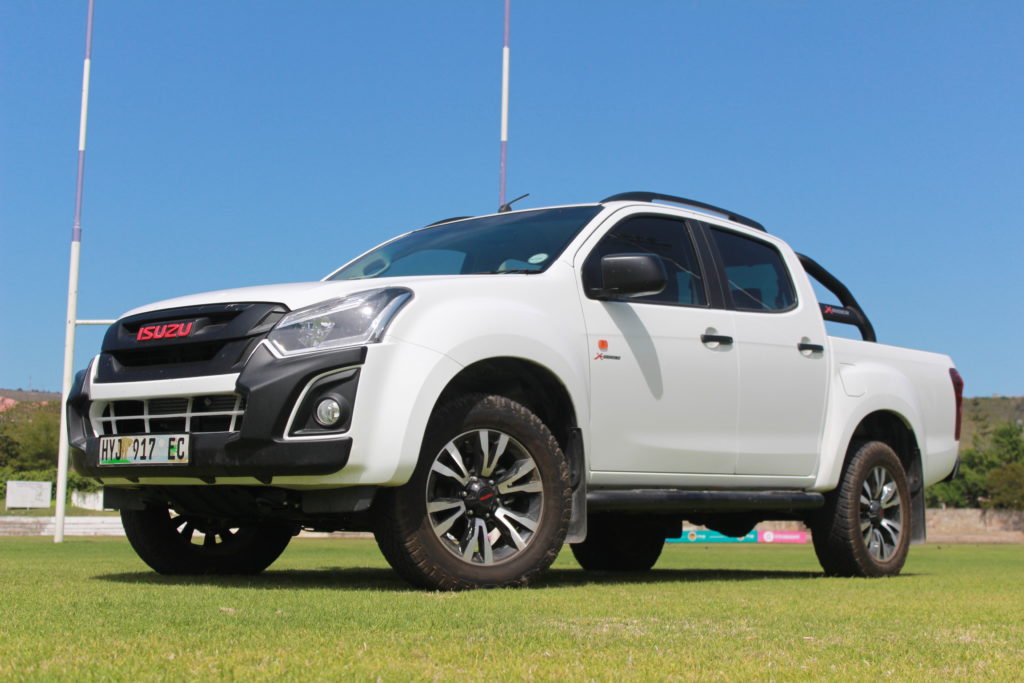Currently we find that the South African Rand is strengthening against foreign currencies, however what does it mean to consumers? It essentially means new vehicles will become less expensive than in previous years, but it is not a simple explanation.
Every quarter something called the Vehicle Pricing Index (VPI) is released by the Credit Bureau TransUnion. The VPI is essentially an illustration of the changes (increases) in prices of new and used cars among the top 15 bulk automakers.
The most recent VPI available to analyse was released in the fourth quarter of 2017, and it showed a promising improvement on recent trends. Before facts are given, remember that inflation is always in play and these statistics are taking that into account and dealing with it. The figures state that, in the past year, new vehicle prices increased, however have counteracted inflation. This is a very positive phenomenon, as the numbers are, from 9,4% annually in the fourth quarter of 2016 to 2,4% annually a year later, in the fourth quarter of 2017.
But what do these numbers mean in real terms? In 2016, South Africa got demoted to Junk Credit Status by S&P Global, which was very problematic to the new car market. However, it was semi beneficial to the used car market. The effect of junk status being that new car prices increased, used cars suddenly became a lot more desirable.
In the fourth quarter of 2016, South African banks reported having financed 2.5 used cars per new cars. Whereas a year later, the progress was reported to be 2.2 used cars per new vehicle. In a country with over 12 million cars registered, the effect of these statistics are much greater than they may seem.
Another interesting statistic is that in the fourth quarter of 2016, 50% of financed vehicles were valued under R200 000. A year later, in the fourth quarter of 2017 the percentage changed to 40%. 10% of financed cars increasing in value over a year in South Africa’s size is itself a relevant statstic.
All these statistics essentially mean that if you have been saving up for a new car or are I need of a new car, 2018 is looking to be the time to do it. The effect of the rand strengthening suddenly is becoming known as the Ramaphosa effect, with the announcement of Cyril Ramaphosa as President. The South African Rand’s movements will be interesting for the next few months with former president Zuma having resigned suddenly.
Forecasting for 2018 from the Credit Bureau TransUnion states that the rand should increase and new car prices should continue along the trend they are currently following. It is unknown at this point if they will continue on their current path or ‘take a U-turn’ and so on in the future as there is only so much economists can really forecast. Keep an eye on financing rates and be sure to think about updating an old daily runner car.
This year is going to be unpredictable, but at least your monthly payments on a new car will not be.


